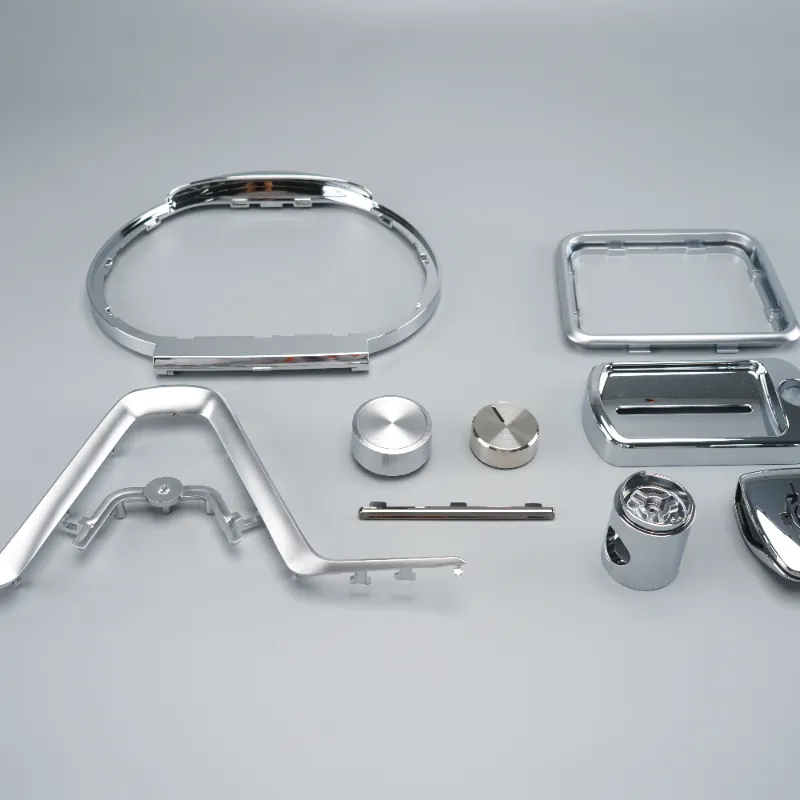Understanding ABS Plastic Injection Molding: A Comprehensive Guide
Oct 23,2025
ABS plastic injection molding is a crucial technique in the manufacturing sector, particularly in the production of various plastic parts and components. Acrylonitrile Butadiene Styrene (ABS) is a thermoplastic polymer known for its strength, impact resistance, and ease of processing. This makes it a popular choice for many applications, ranging from consumer goods to automotive components.
The injection molding process begins with heating the ABS pellets until they reach a molten state. This molten plastic is then injected into a precisely designed mold under high pressure. Once it cools and solidifies, the mold is opened, and the finished product is ejected. This method allows for the mass production of identical parts with high precision, making it highly efficient for manufacturers.
One of the main advantages of ABS plastic injection molding is its versatility. ABS can be easily colored, which makes it suitable for a wide range of products, from toys to electronic housings. Additionally, its excellent surface finish and ability to be easily machined or painted enhances its appeal in various industries. The material exhibits good toughness and can withstand both high and low temperatures, making it ideal for products that require durability and longevity.

Furthermore, injection molding with ABS allows for complex designs that would be difficult or impossible to achieve with other manufacturing methods. This capability is particularly beneficial in industries that prioritize innovative designs and functionality, such as automotive and consumer electronics. The ability to produce intricate shapes and features in a single process not only saves time but also reduces the need for additional assembly, which can significantly lower production costs.
However, it's important to consider the environmental impact of ABS plastic. While it is recyclable, the recycling process may not be as straightforward as with other materials, and it is essential to adhere to proper disposal methods to minimize waste. Manufacturers are increasingly exploring sustainable practices, including the use of biodegradable additives or more eco-friendly alternatives to traditional ABS.
In conclusion, ABS plastic injection molding is a vital process in the manufacturing of plastic components, offering numerous advantages such as versatility, durability, and efficiency. Understanding this process and its applications can help businesses make informed decisions when selecting materials and manufacturing methods for their products. As industries continue to evolve, the role of ABS in injection molding will likely expand, making it a key player in the future of manufacturing.
PREVIOUS:

